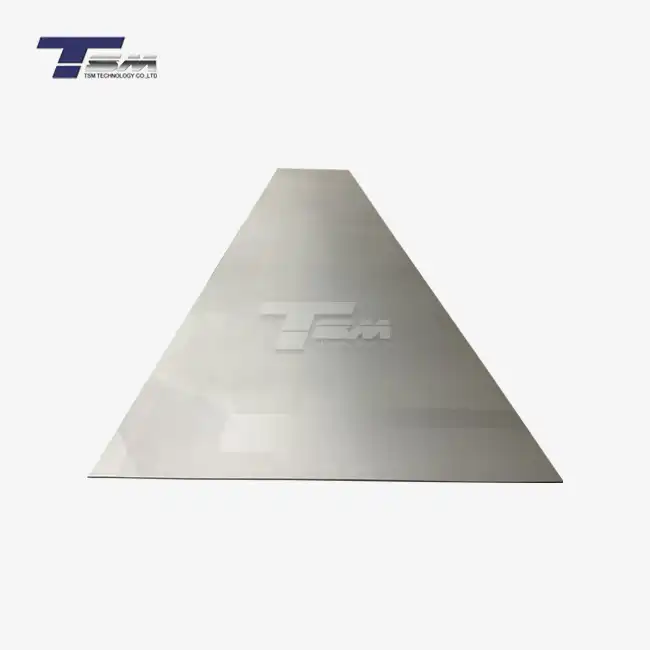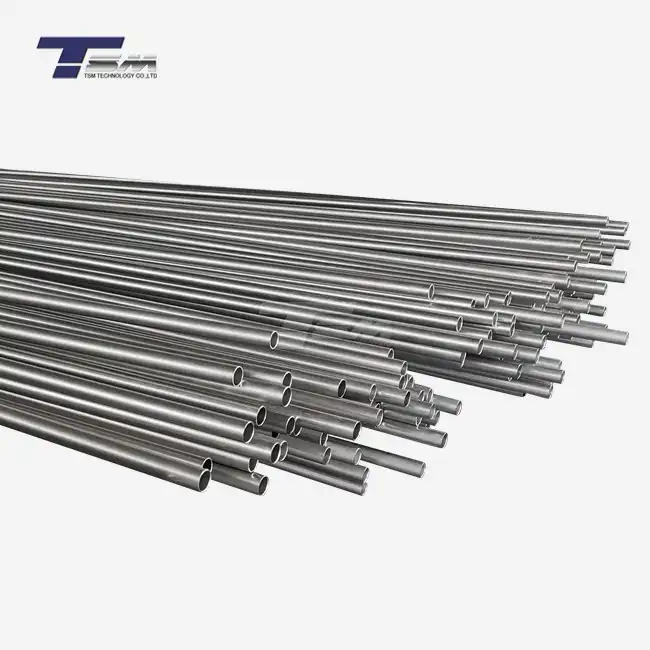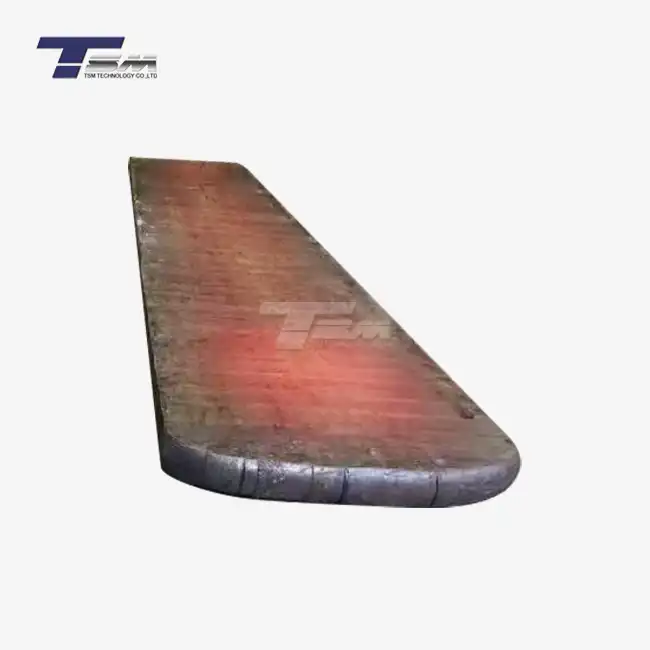- English
- French
- German
- Portuguese
- Spanish
- Russian
- Japanese
- Korean
- Arabic
- Greek
- German
- Turkish
- Italian
- Danish
- Romanian
- Indonesian
- Czech
- Afrikaans
- Swedish
- Polish
- Basque
- Catalan
- Esperanto
- Hindi
- Lao
- Albanian
- Amharic
- Armenian
- Azerbaijani
- Belarusian
- Bengali
- Bosnian
- Bulgarian
- Cebuano
- Chichewa
- Corsican
- Croatian
- Dutch
- Estonian
- Filipino
- Finnish
- Frisian
- Galician
- Georgian
- Gujarati
- Haitian
- Hausa
- Hawaiian
- Hebrew
- Hmong
- Hungarian
- Icelandic
- Igbo
- Javanese
- Kannada
- Kazakh
- Khmer
- Kurdish
- Kyrgyz
- Latin
- Latvian
- Lithuanian
- Luxembou..
- Macedonian
- Malagasy
- Malay
- Malayalam
- Maltese
- Maori
- Marathi
- Mongolian
- Burmese
- Nepali
- Norwegian
- Pashto
- Persian
- Punjabi
- Serbian
- Sesotho
- Sinhala
- Slovak
- Slovenian
- Somali
- Samoan
- Scots Gaelic
- Shona
- Sindhi
- Sundanese
- Swahili
- Tajik
- Tamil
- Telugu
- Thai
- Ukrainian
- Urdu
- Uzbek
- Vietnamese
- Welsh
- Xhosa
- Yiddish
- Yoruba
- Zulu
What is Welding? Clearly Introducing Common Welding Methods
Welding is a fabrication process that joins materials, typically metals or thermoplastics, by using high heat to melt the parts together, allowing them to cool and fuse into a solid bond. This technique is pivotal in industries requiring robust connections, such as those utilizing superior alloys like Monel, Inconel, and Hastelloy. Common welding methods include arc welding, which employs an electric arc to generate heat; MIG welding, known for its versatility in handling various metals; TIG welding, prized for precision; and plasma arc welding, which offers concentrated energy for intricate tasks. Each method serves distinct purposes, catering to the needs of precision engineering and global suppliers of specialized materials.
Unveiling the Essence of Welding in Modern Fabrication
The Backbone of Industrial Assembly
Welding stands as a cornerstone in the realm of industrial assembly, particularly when working with advanced materials such as nickel-based alloys. These specialized metals, renowned for their resilience in corrosive environments, demand meticulous joining techniques to preserve their integrity. The process involves melting the base material, often alongside a filler, to create a molten pool that solidifies into a durable joint. This capability is indispensable in sectors like aerospace, marine, and chemical processing, where the performance of components hinges on the quality of the weld. By enabling the construction of complex structures, welding transforms raw materials into functional masterpieces, ensuring longevity and reliability in demanding applications.

The Role of Heat and Energy in Fusion
At the heart of welding lies the strategic application of heat and energy, which dictates the success of the fusion process. When working with high-performance metals, such as those resistant to extreme temperatures, the energy source must be precisely controlled to achieve optimal results. Electric arcs, gas flames, and plasma streams are among the energy forms harnessed to elevate the temperature of the materials to their melting points. This controlled energy application ensures that the molecular structure of the metals, including robust alloys, remains intact, preventing weaknesses in the final product. The mastery of heat dynamics is what distinguishes exceptional welding practices, particularly in the handling of specialized materials.
Why Material Compatibility Matters?
The compatibility of materials is a pivotal consideration in welding, especially when dealing with exotic alloys prized for their unique properties. Metals like Inconel alloy, known for their strength at elevated temperatures, require welding techniques that align with their chemical composition to avoid issues like cracking or corrosion. Selecting the appropriate filler material and welding method is crucial to maintaining the inherent qualities of these metals. In industries where precision is paramount, such as those served by global suppliers of advanced materials, understanding material compatibility ensures that the welded joints perform flawlessly under operational stresses. This synergy between materials and methods underscores the artistry and science of welding.
Exploring Prevalent Welding Techniques and Their Applications
Arc Welding: The Stalwart of Metal Joining
Arc welding, a venerable technique in the welding arsenal, leverages an electric arc to generate intense heat, melting metals to form a cohesive bond. This method is particularly effective for joining robust metals, including those with high nickel content, due to its ability to penetrate thick sections. The process often employs a consumable electrode, which doubles as a filler material, enhancing the strength of the joint. Industries relying on durable components, such as those in marine engineering, frequently turn to arc welding for its reliability and cost-effectiveness. Its adaptability to various environments, from workshops to field sites, makes it a preferred choice for global suppliers of specialized metals.
MIG Welding: Versatility in Action
MIG welding, or Metal Inert Gas welding, distinguishes itself through its versatility, accommodating a wide array of metals, including corrosion-resistant alloys. This technique utilizes a continuous wire feed as an electrode, shielded by an inert gas to protect the weld pool from atmospheric contamination. The result is a clean, efficient weld, ideal for applications requiring speed and precision, such as in the automotive and aerospace sectors. MIG welding excels in handling thinner materials, making it suitable for intricate components crafted from advanced metals. Its ease of use and ability to produce aesthetically pleasing welds further enhance its appeal in precision engineering contexts.
TIG Welding: Precision at Its Pinnacle
TIG welding, or Tungsten Inert Gas welding, is the epitome of precision, offering unparalleled control over the welding process. This method employs a non-consumable tungsten electrode, allowing for meticulous welds on delicate or thin materials, including high-performance alloys. The use of an inert gas shield ensures that the weld remains free from impurities, preserving the material’s inherent properties. TIG welding is indispensable in industries where aesthetics and structural integrity are non-negotiable, such as in the fabrication of chemical processing equipment. Its ability to handle complex geometries and exotic metals positions it as a critical technique for global suppliers catering to exacting standards.
Advancements in Welding for Specialized Materials
Plasma Arc Welding: Concentrated Energy for Intricate Tasks
Plasma arc welding represents a leap forward in welding technology, harnessing a constricted plasma arc to deliver concentrated heat. This method is particularly advantageous for joining specialized metals, such as those with high melting points or intricate designs, due to its pinpoint accuracy. The plasma arc, formed by ionizing gas through a narrow nozzle, produces a focused energy stream, minimizing heat distortion in the surrounding material. This precision is invaluable in applications involving advanced alloys, where maintaining structural integrity is paramount. Industries like aerospace and medical device manufacturing rely on plasma arc welding to achieve welds of exceptional quality, aligning with the rigorous standards of global material suppliers.
Innovations in Welding High-Performance Metals
The welding of high-performance metals, such as nickel alloys, has spurred innovations that enhance both efficiency and quality. Techniques like laser welding and electron beam welding have emerged to address the challenges posed by these materials, offering high energy density and minimal thermal impact. Laser welding, with its concentrated beam, excels in creating deep, narrow welds, ideal for components requiring hermetic sealing. Electron beam welding, conducted in a vacuum, prevents oxidation, making it suitable for reactive metals. These advancements enable manufacturers to push the boundaries of design, delivering components that withstand extreme conditions, a testament to the ingenuity of modern welding practices.
Quality Assurance in Welding Processes
Quality assurance is the linchpin of welding processes, especially when handling materials destined for critical applications. Rigorous inspection protocols, including non-destructive testing methods like ultrasonic and radiographic examinations, ensure that welds meet stringent standards. For suppliers of advanced metals, maintaining a robust quality control system is essential to guarantee the performance of welded joints under operational stresses. Techniques such as dye penetrant testing reveal surface flaws, while metallographic analysis assesses the internal structure of the weld. This meticulous approach to quality underscores the reliability of welded components, reinforcing the trust placed in global suppliers of specialized materials.
Conclusion
Welding is a transformative process that melds science and craftsmanship, enabling the creation of durable, high-performance components from specialized metals. By understanding the nuances of various welding techniques, industries can harness the full potential of advanced materials, ensuring resilience in the face of challenging conditions. Whether through the precision of TIG welding or the innovation of plasma arc methods, the art of welding continues to evolve, meeting the demands of modern engineering. This exploration of welding methods highlights the importance of expertise and quality in achieving exceptional results, paving the way for groundbreaking applications across the globe.
Contact Us
Ready to elevate your projects with superior alloys and expert welding solutions? Contact TSM TECHNOLOGY at info@tsmnialloy.com to discover how our high-quality materials can enhance your operations.
References
American Welding Society. "Welding Handbook: Welding Processes, Part 1." Miami: American Welding Society, 2018.
Weman, Klas. "Welding Processes Handbook." Cambridge: Woodhead Publishing, 2012.
Messler, Robert W. "Principles of Welding: Processes, Physics, Chemistry, and Metallurgy." New York: Wiley-VCH, 2004.
Lancaster, J.F. "Metallurgy of Welding." Cambridge: Woodhead Publishing, 2006.
O'Brien, Robert L. "Welding Processes and Technology." New York: Industrial Press, 2019.
Cary, Howard B. "Modern Welding Technology." Upper Saddle River: Pearson, 2011.
Learn about our latest products and discounts through SMS or email



_1739071581132.webp)